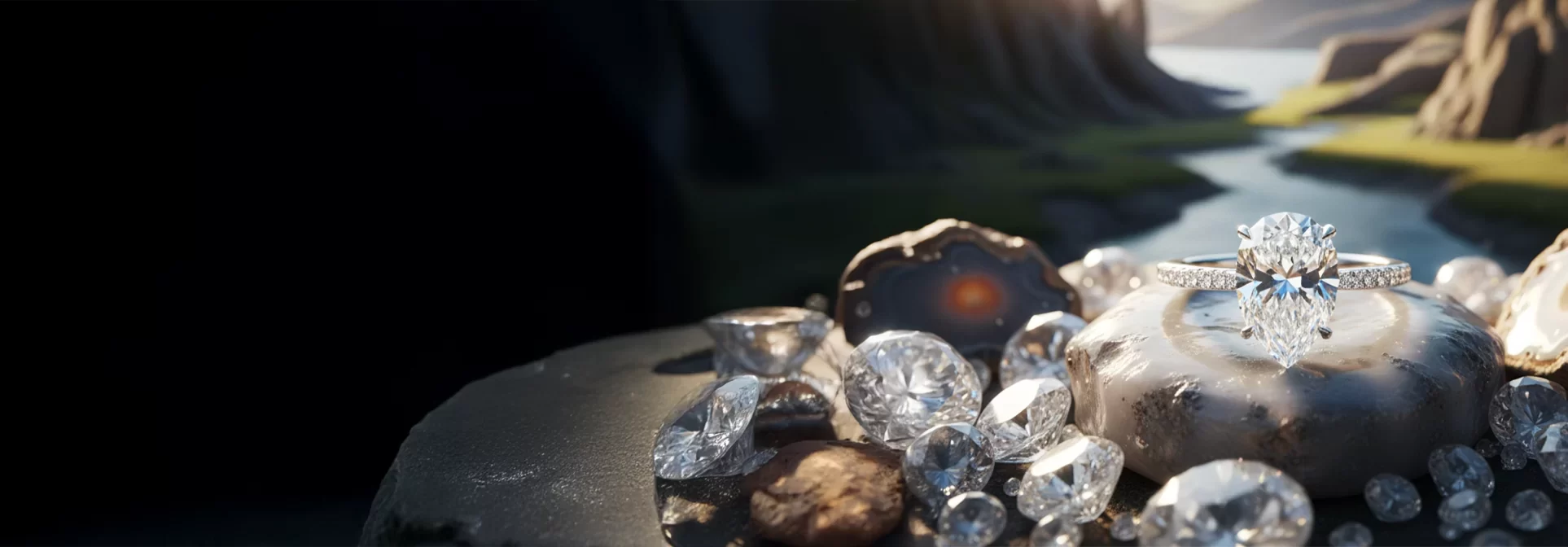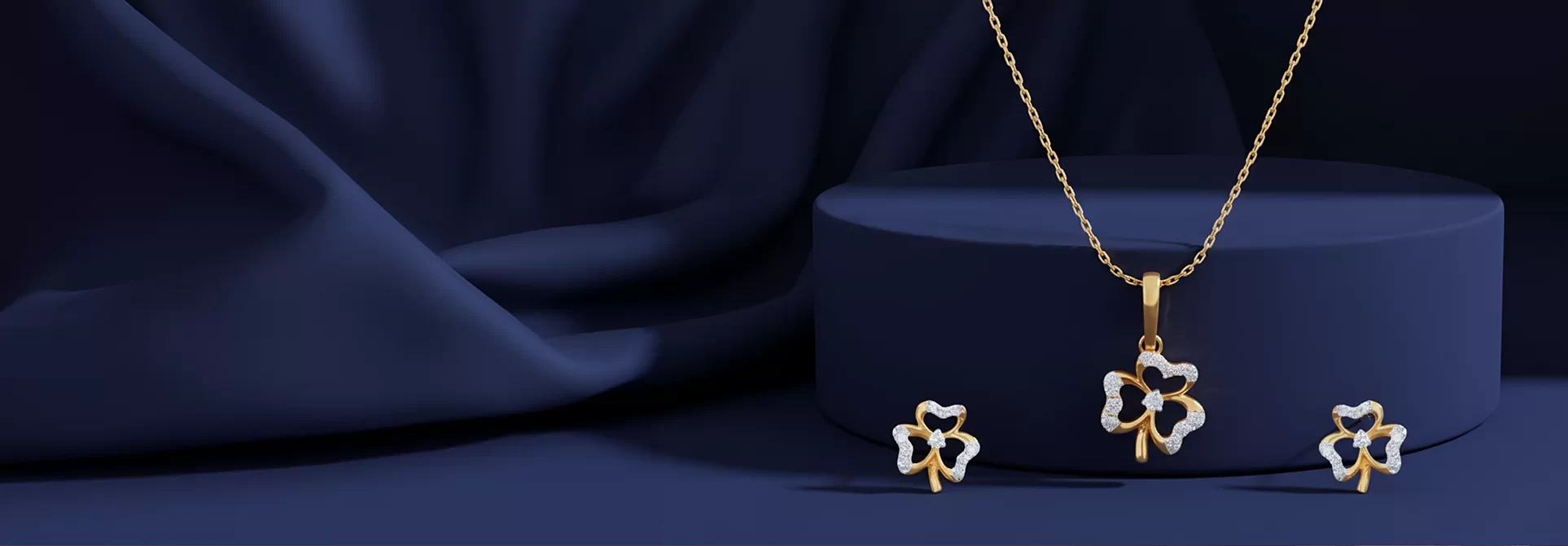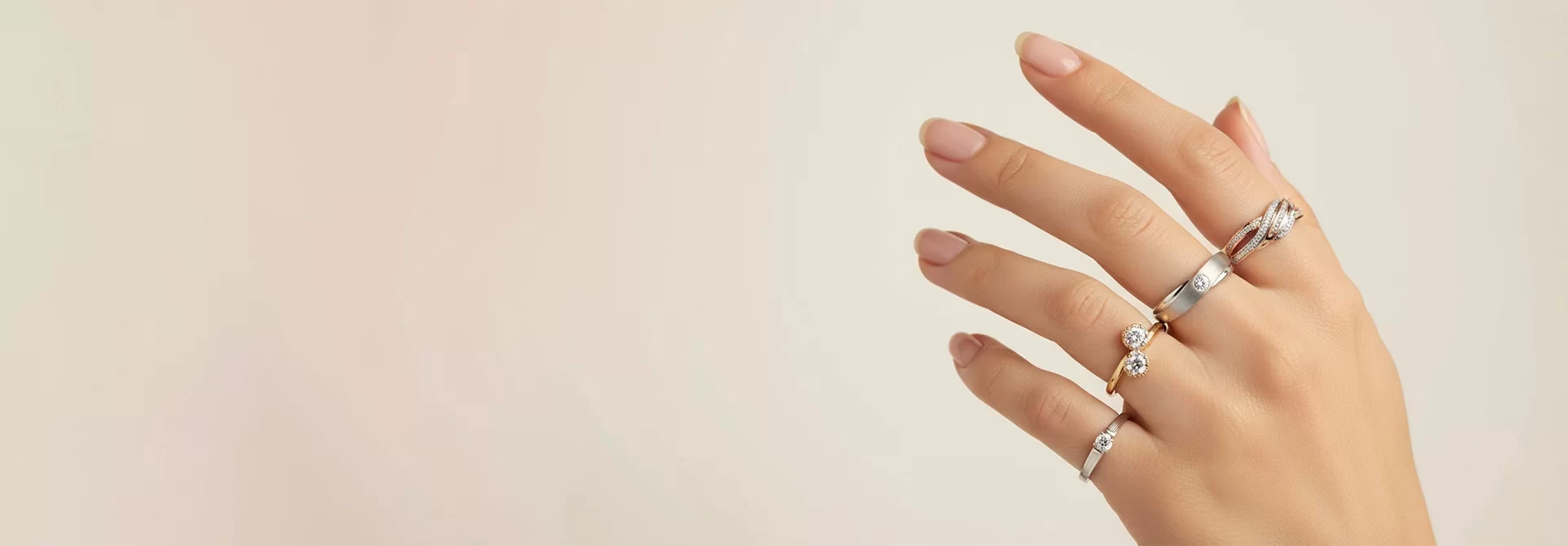Let’s begin with a myth-buster: sapphire is a diamond — said no gemologist ever. While both are beloved in fine jewellery, sapphires belong to the corundum family, prized for their durability, brilliance, and arresting depth of colour.
So, what is sapphire, really? It’s a gemstone that wears many moods. Not just a singular shade of royal blue, but a rainbow of variations that capture everything from mystery to majesty. Whether set in a minimalist band or a high-drama cocktail ring, sapphires make their presence known. Intriguingly powerful. Always elegant.
How Are Sapphires Formed?
Sapphires are born under immense pressure and heat, deep within the earth’s crust, formed over millions of years, shaped by volcanic activity, and brought to light through rare geological movement.
Their base mineral, corundum, is naturally colourless. Trace elements like iron, titanium, or chromium decide what shade the stone will take on. That’s what makes the sapphire colour such an exquisite subject of study, as every variation is a mineral fingerprint of the earth’s history.

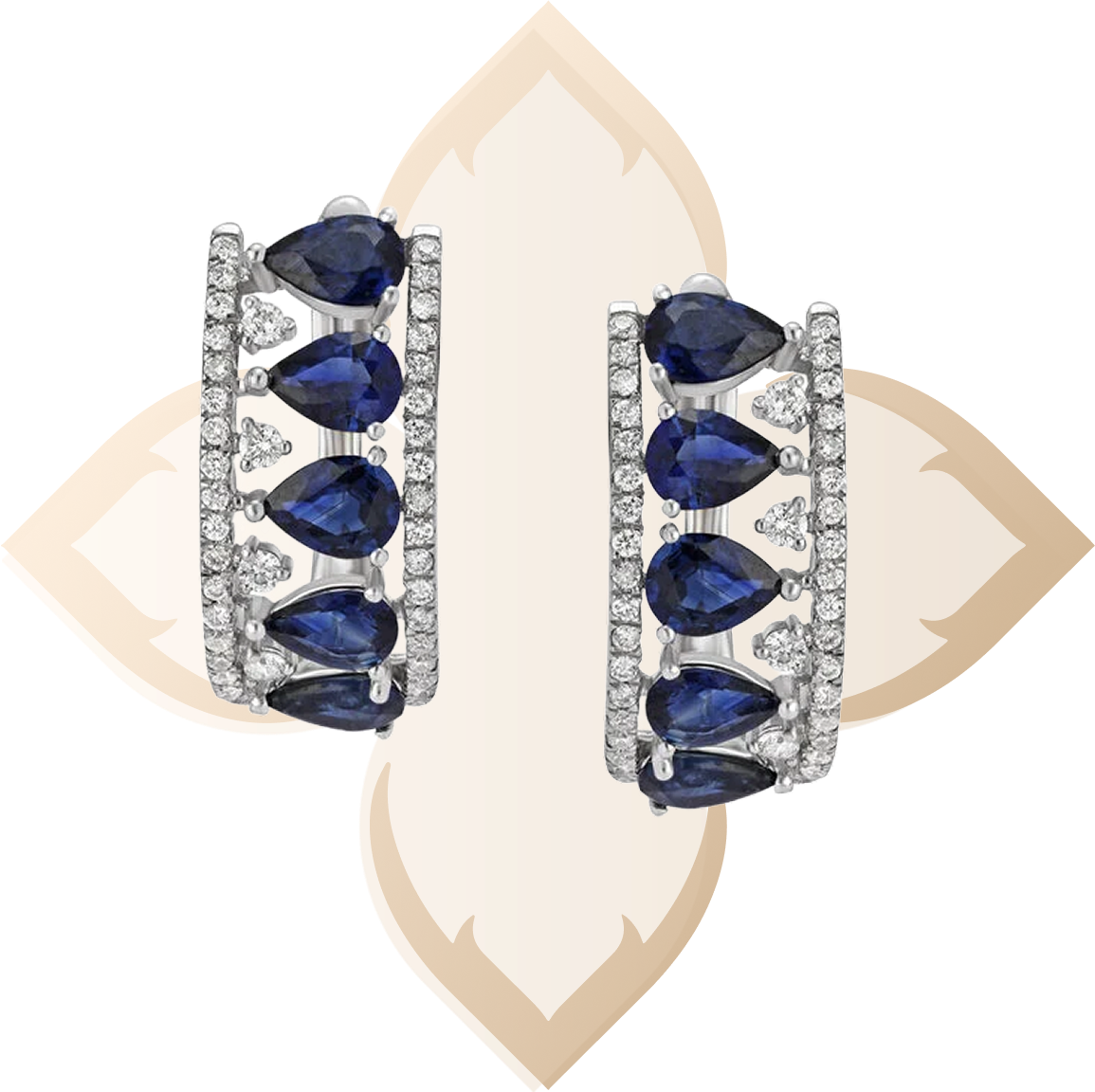
Where Do Sapphires
Come From?
The most celebrated sapphires come from Sri Lanka, Kashmir, and Myanmar, each region giving rise to distinct shades and qualities.
Sri Lankan sapphires (often called Ceylon sapphires) are known for their brightness and clarity. Kashmir sapphires are famed for their velvety texture and saturated hue. Madagascar and Australia also produce a wide range of commercial-grade stones, making sapphire stone rings more widely available today, across budgets.
Quality Assessment
Sapphire value hinges on four key traits: colour, clarity, cut and carat weight.
- Colour is king: intensity, saturation, and evenness matter more than anything else.
- Clarity affects sparkle: though inclusions are accepted, cloudiness is not.
- Cut enhances the brilliance, especially in modern, precision-faceted styles.
- Carat weight, of course, always plays a role, but even a small, well-cut sapphire with rich tone can outshine a larger, paler one.
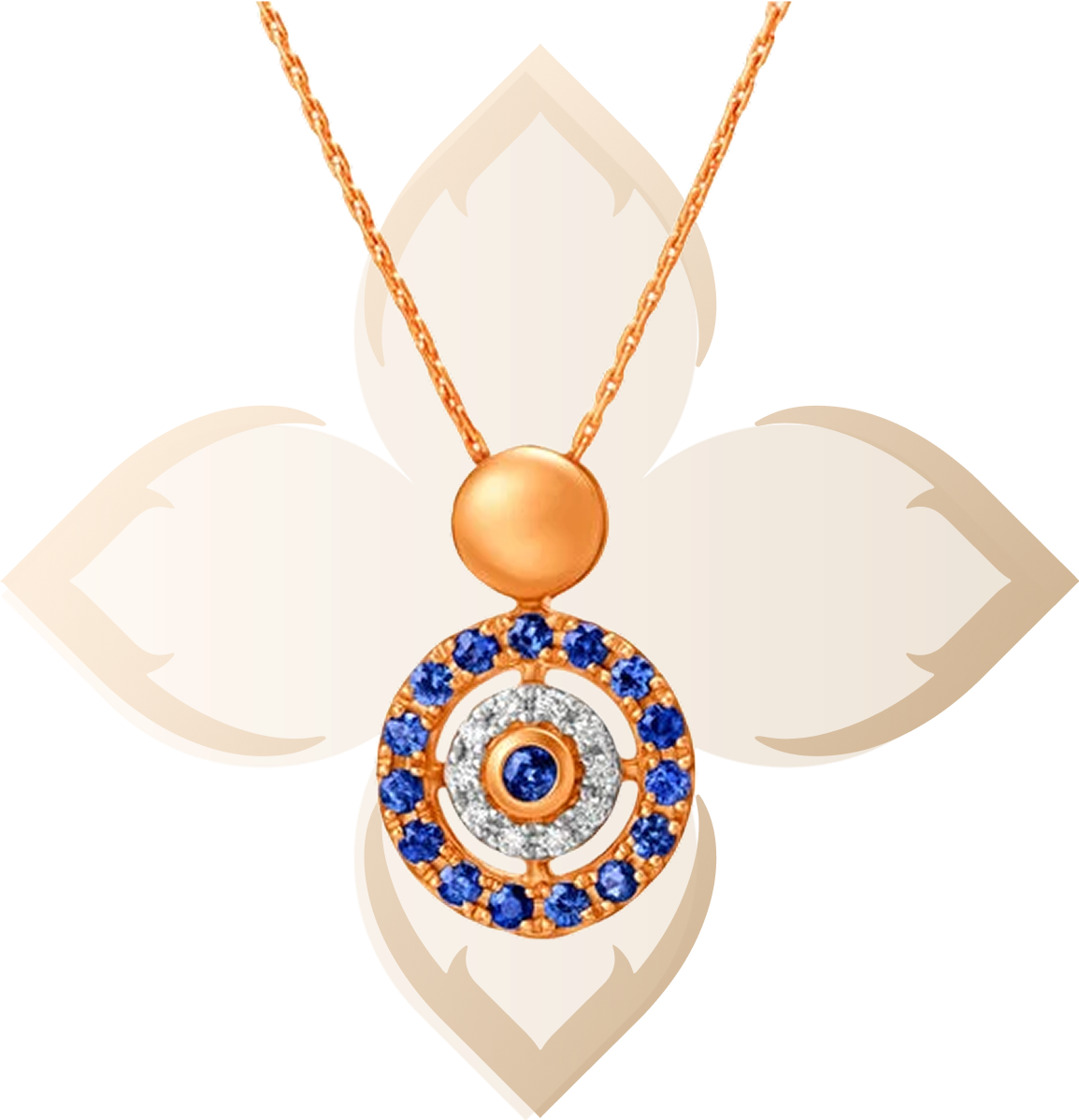
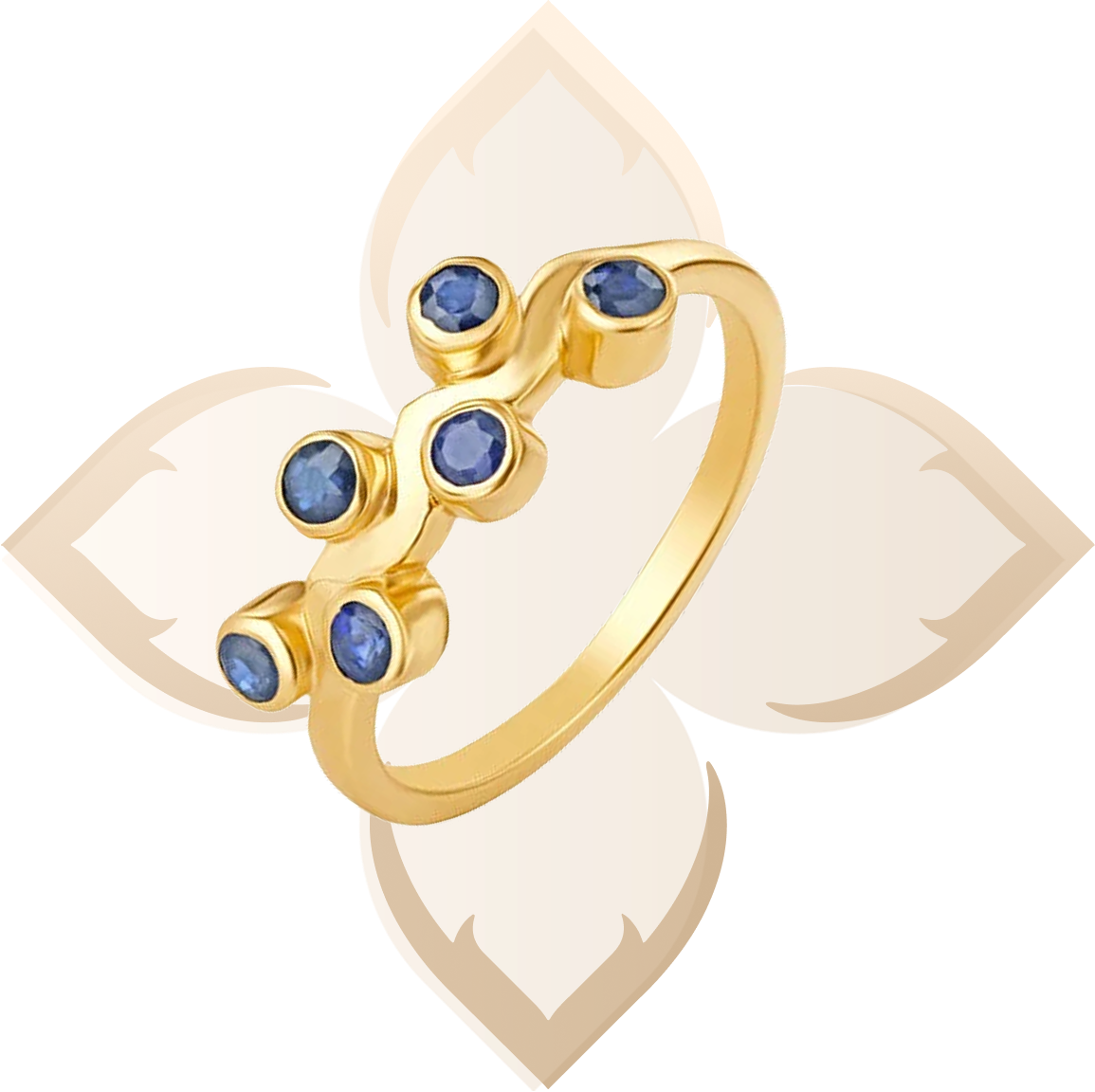
Are Sapphires Rare?
Yes and no. Commercial-grade sapphires are accessible, but top-tier gems with vivid hue, exceptional clarity, and origin pedigree (especially Kashmir or unheated Burmese stones) are exceptionally rare.
So if you’re eyeing a sapphire and diamond ring with unmatched colour and fire, know that you’re entering connoisseur territory where it’s less about size and more about soul.
Sapphire Meanings and History
Throughout history, sapphires have been worn as symbols of wisdom, protection, and divine favour.
In ancient Persia, it was believed the sky was blue because it reflected the earth’s sapphire base. Clergy in the Middle Ages wore them to symbolise heaven. Royals have long chosen sapphire engagement rings to represent fidelity and strength. Kate Middleton’s iconic sapphire ring once belonged to Princess Diana.
Today, gifting a sapphire ring for women still speaks volumes. It’s timeless, intelligent and just rebellious enough.
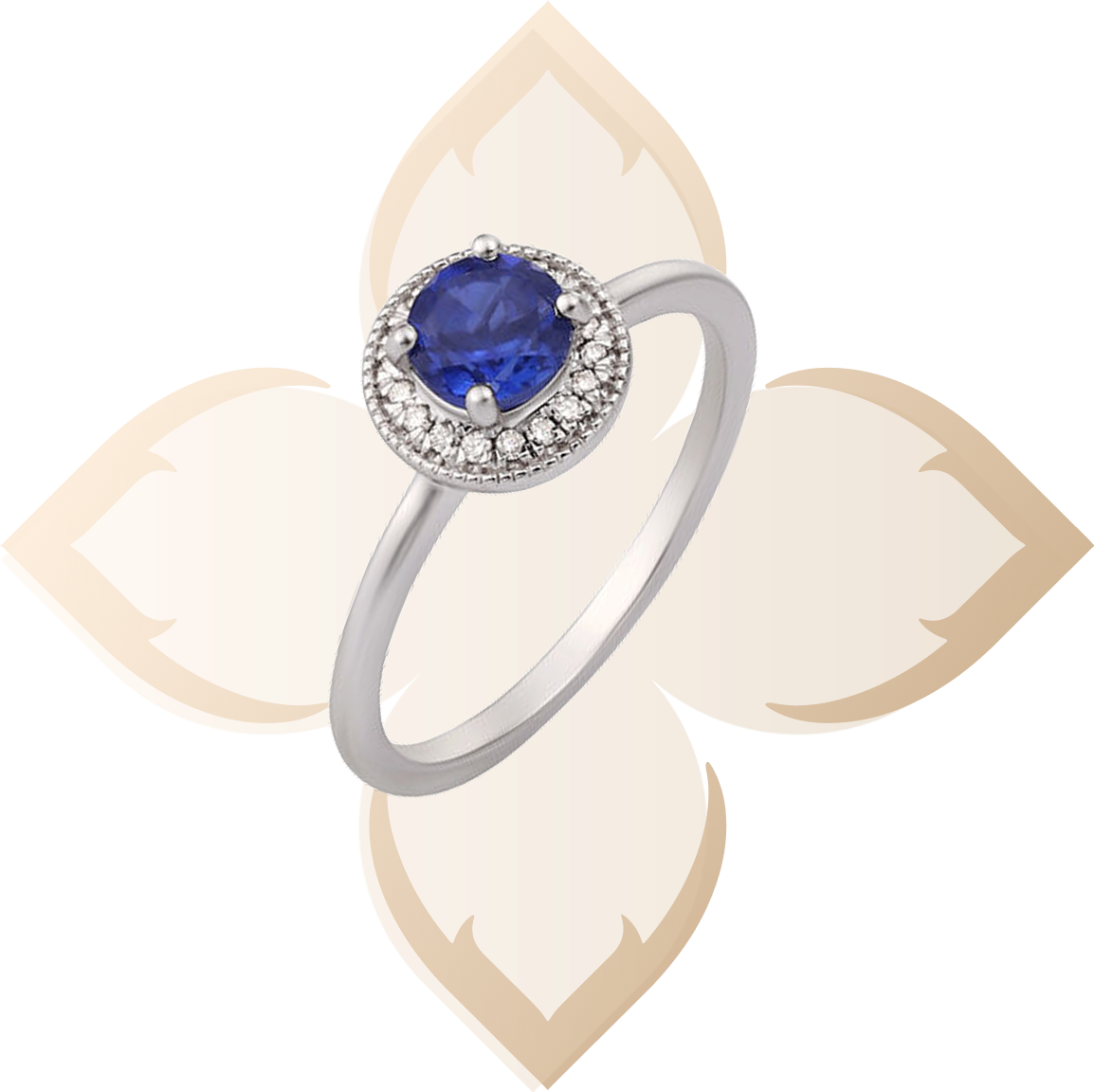
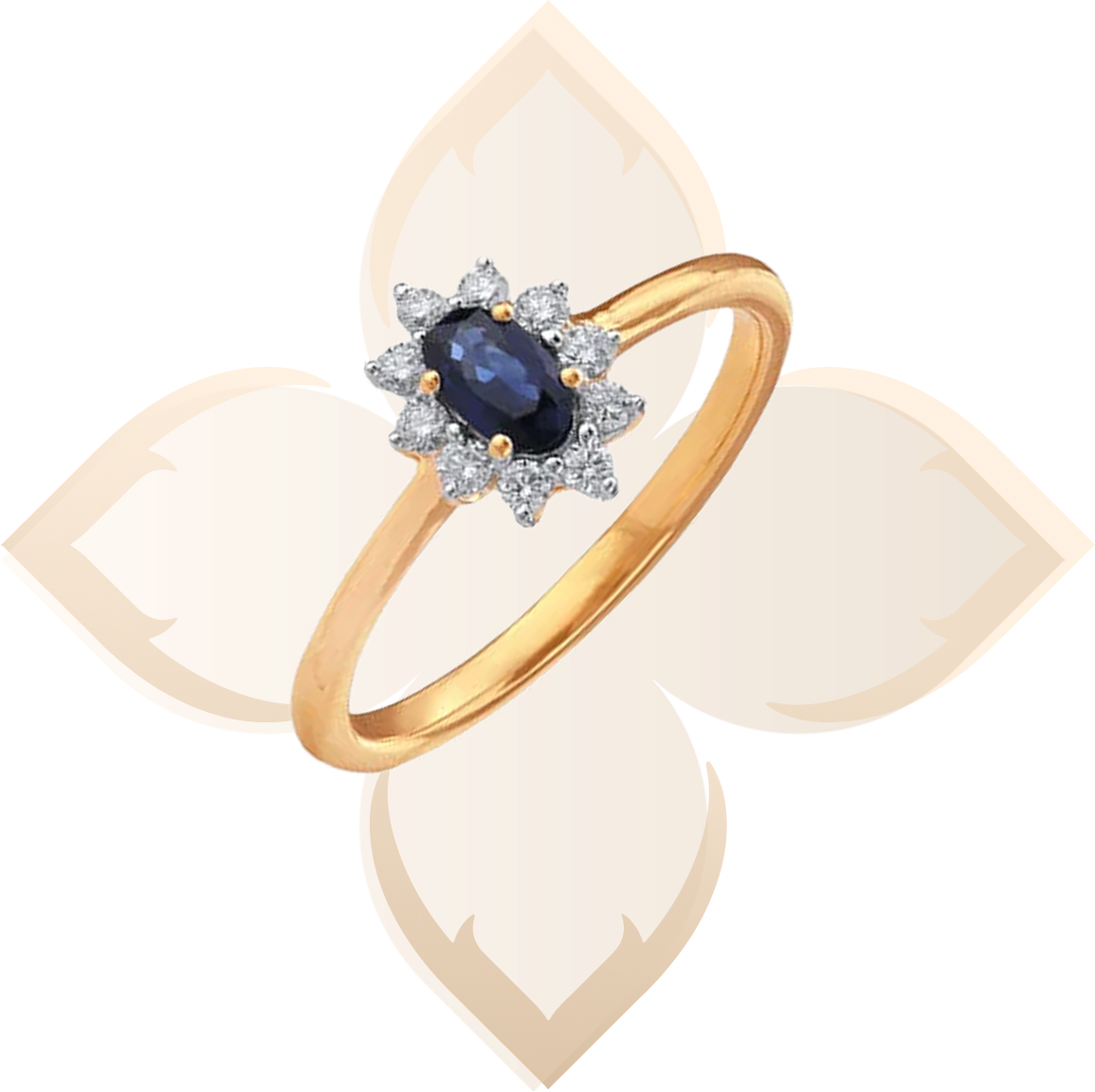
Sapphire Prices
Prices vary wildly depending on colour, cut, and origin. A commercial sapphire blue colour ring might start around ₹30,000, while investment-grade sapphires with provenance and no heat treatment can command prices into the lakhs or crores.
And then there’s the blend: sapphire and diamond rings, or diamond ring women design collections that incorporate the gem for contrast and character. These offer a middle path: beauty, symbolism and wearability, without compromise.
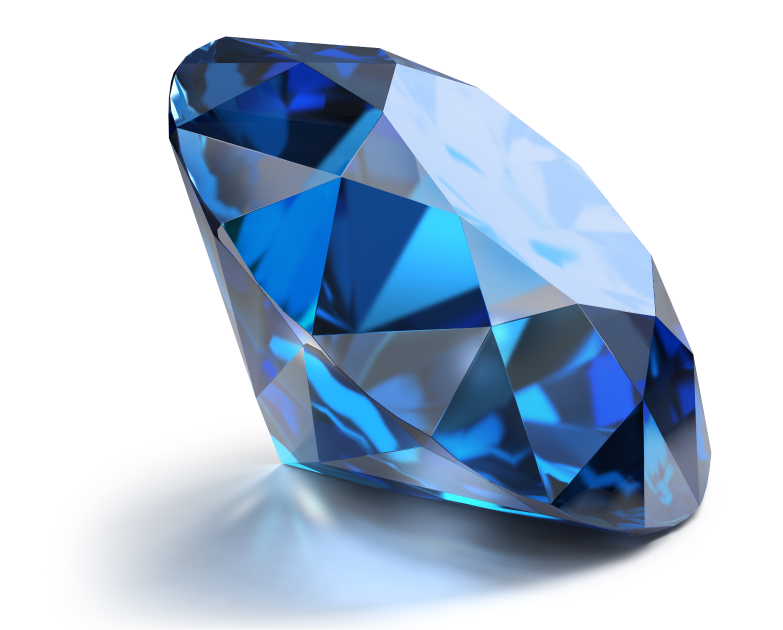
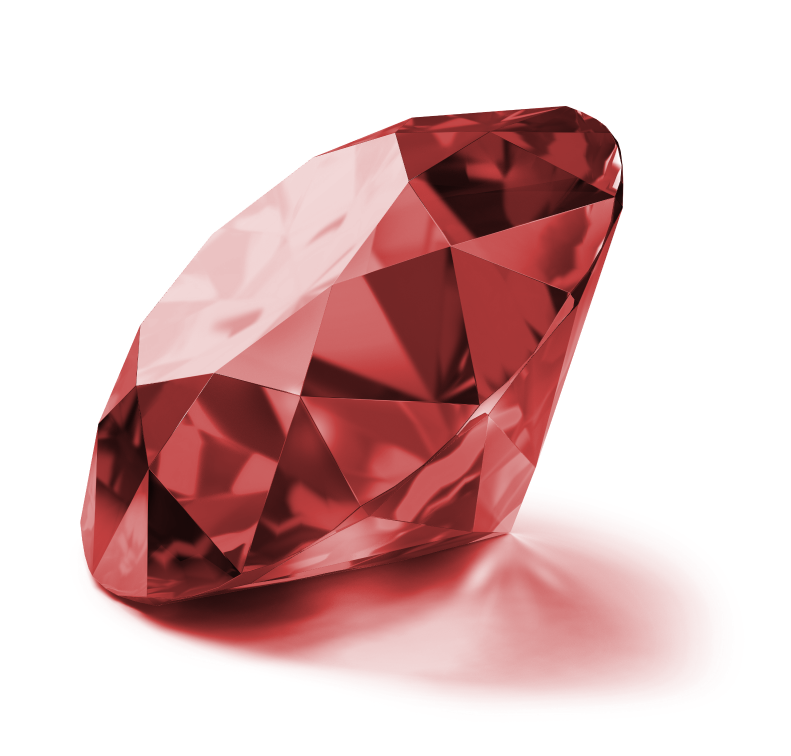
Sapphire Colours
So, what colour is sapphire? Short answer: not just blue. Long answer:
- Sapphire blue colour: The classic, most sought-after hue. The deep, velvety tone is associated with elegance and royalty.
- Sapphire blue colour: The classic, most sought-after hue. The deep, velvety tone is associated with elegance and royalty.
- Dark sapphire colour: Intense and moody, best showcased in larger stones or dramatic evening settings.
- Yellow sapphire: Bright and joyful. A symbol of prosperity, often chosen for its spiritual significance.
Looking to match with specifics? The sapphire blue colour code falls roughly between #0F52BA and #082567 on the sapphire colour chart. Likewise, a yellow sapphire colour chart helps decode undertones, from lemony brightness to golden ochre.
Referencing a blue sapphire colour chart helps collectors and designers align on saturation, tone, and value, which are essential when investing in a signature piece.
Different Types of Sapphires
Here’s a primer on the types of sapphires you’re likely to encounter:
- Natural sapphires: Mined and untreated, these are the rarest and most valuable.
- Heat-treated sapphires: Most common, with enhanced clarity and colour, still natural, but refined.
- Star sapphires: Exhibit a shimmering six-pointed star under light, caused by rutile inclusions.
- Padparadscha sapphires: Rare peachy-pink stones that defy traditional classification, universally coveted.
- Lab-created sapphires: Grown in labs with identical chemical structures. Affordable, sustainable and beautiful, though not as rare.
Whether you’re after a luminous engagement piece or sapphire stone rings for everyday wear, knowing the types helps you shop with both curiosity and confidence.
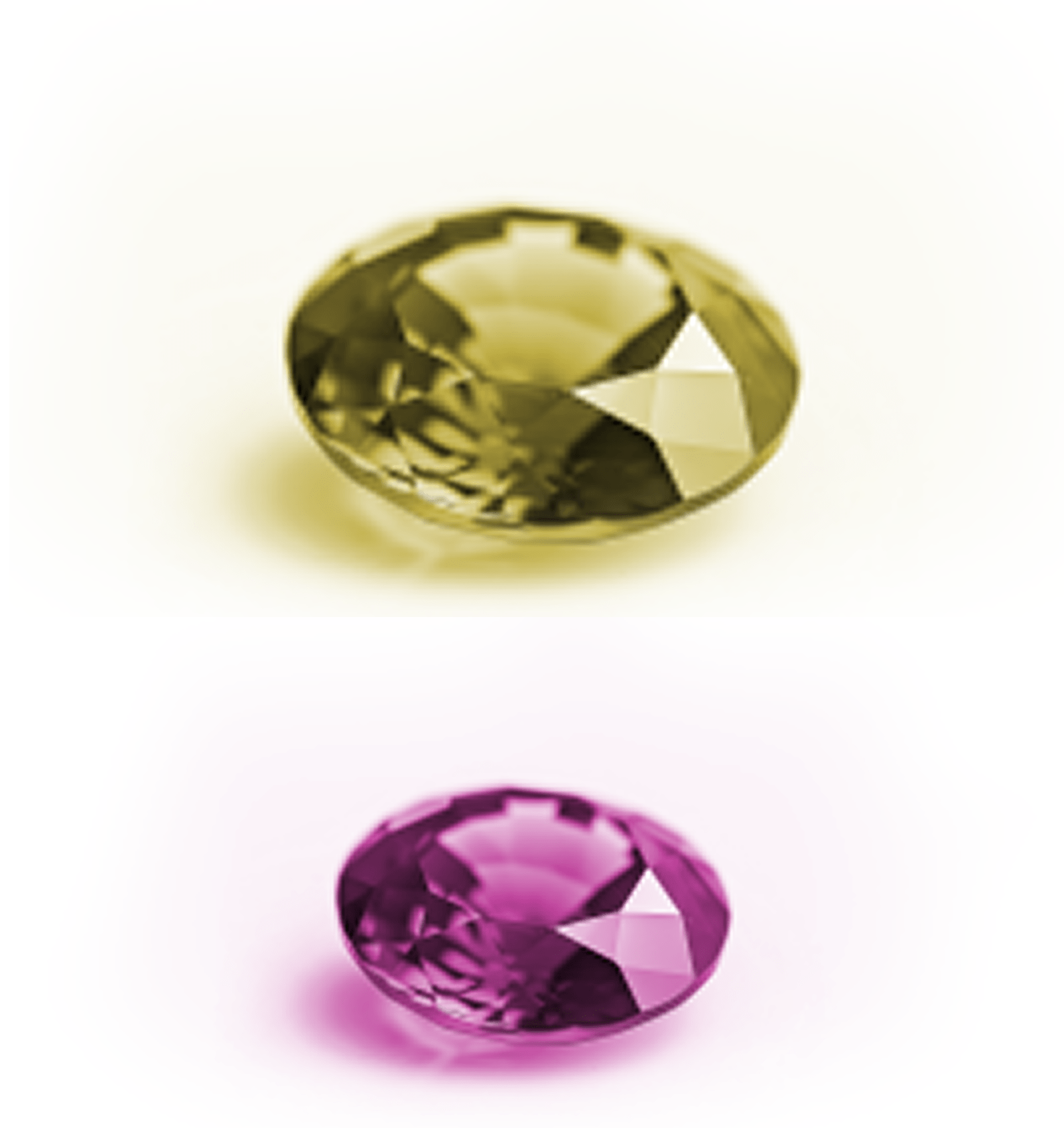
Is Sapphire a Diamond?
Let’s put it to rest: that sapphire is a diamond is a myth. They are two distinct gemstones. Diamonds are carbon; sapphires are corundum.
That said, they often play well together, especially in mixed-stone designs. Think: a classic sapphire and diamond ring, a sapphire ring for women flanked by diamond baguettes, or diamond wedding rings accented with sapphire halos.
It’s the tension between sapphire’s colour and diamond’s fire that makes the pairing so timeless.
Choose the Perfect Sapphire for You
Whether you’re drawn to the electric mystery of a dark sapphire colour, the clarity of a Ceylon blue, or the warmth of a Padparadscha, there’s a sapphire that reflects your story.
At Tanishq, we craft pieces that honour tradition while embracing modernity, offering both classic sapphire and diamond rings and contemporary sapphire ring for women designs in rich hues and fine settings. From curated sapphire colour charts to impeccable craftsmanship, your perfect stone awaits.


 GET THE APP
GET THE APP



